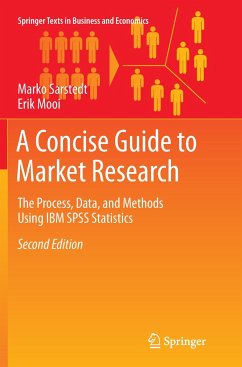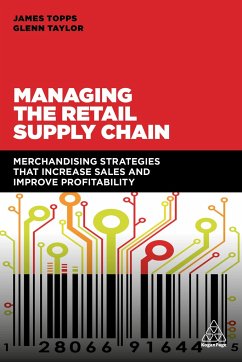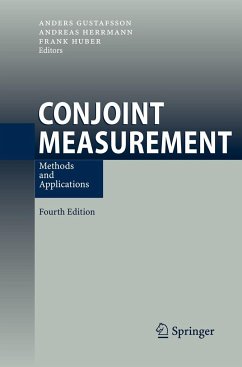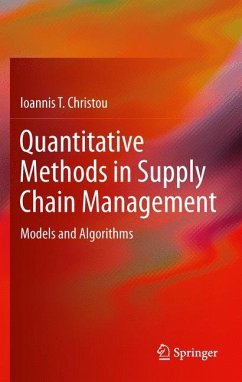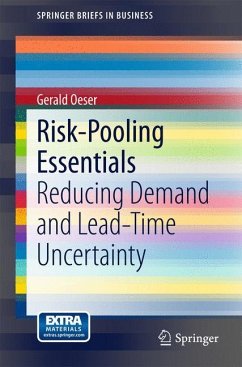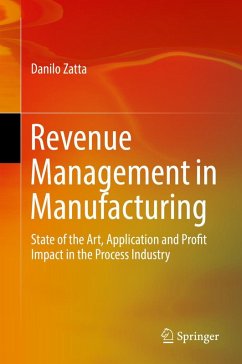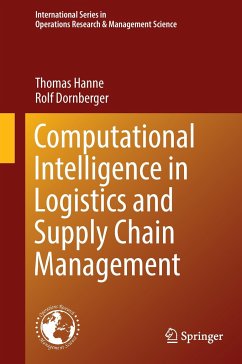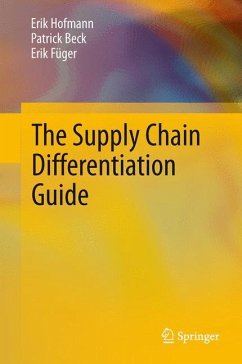
The Supply Chain Differentiation Guide
A Roadmap to Operational Excellence
Versandkostenfrei!
Versandfertig in 6-10 Tagen
76,99 €
inkl. MwSt.
Weitere Ausgaben:

PAYBACK Punkte
38 °P sammeln!
The importance of supply chain management has increased over the last few decades. Today, entire supply chains are competing with each other instead of individual companies. As such, supply chain management has become a way for companies to set themselves apart from competing companies and their supply chains. Interestingly, supply chain management mainly focuses on efficiency-oriented topics rather than effectiveness-driven issues, in particular the design of supply chains from manufacturing sites downstream, instead of upstream from the customer.The Supply Chain Differentiation Guide offers ...
The importance of supply chain management has increased over the last few decades. Today, entire supply chains are competing with each other instead of individual companies. As such, supply chain management has become a way for companies to set themselves apart from competing companies and their supply chains. Interestingly, supply chain management mainly focuses on efficiency-oriented topics rather than effectiveness-driven issues, in particular the design of supply chains from manufacturing sites downstream, instead of upstream from the customer.
The Supply Chain Differentiation Guide offers a modern approach to supply chain management. While for many years "one-size-fits-all" approaches to supply chain management were very common, the current efforts of managers and academics alike focus on the simultaneous management of multiple supply chains. Despite the interest of the business sector in the management of multiple supply chains, academia has largely neglected this topicto date. The Supply Chain Differentiation Guide addresses this shortcoming, introducing both established and cutting-edge management methods to the context of supply chain differentiation and providing inspirations for how to improve corporate operations.
The Supply Chain Differentiation Guide offers a modern approach to supply chain management. While for many years "one-size-fits-all" approaches to supply chain management were very common, the current efforts of managers and academics alike focus on the simultaneous management of multiple supply chains. Despite the interest of the business sector in the management of multiple supply chains, academia has largely neglected this topicto date. The Supply Chain Differentiation Guide addresses this shortcoming, introducing both established and cutting-edge management methods to the context of supply chain differentiation and providing inspirations for how to improve corporate operations.





